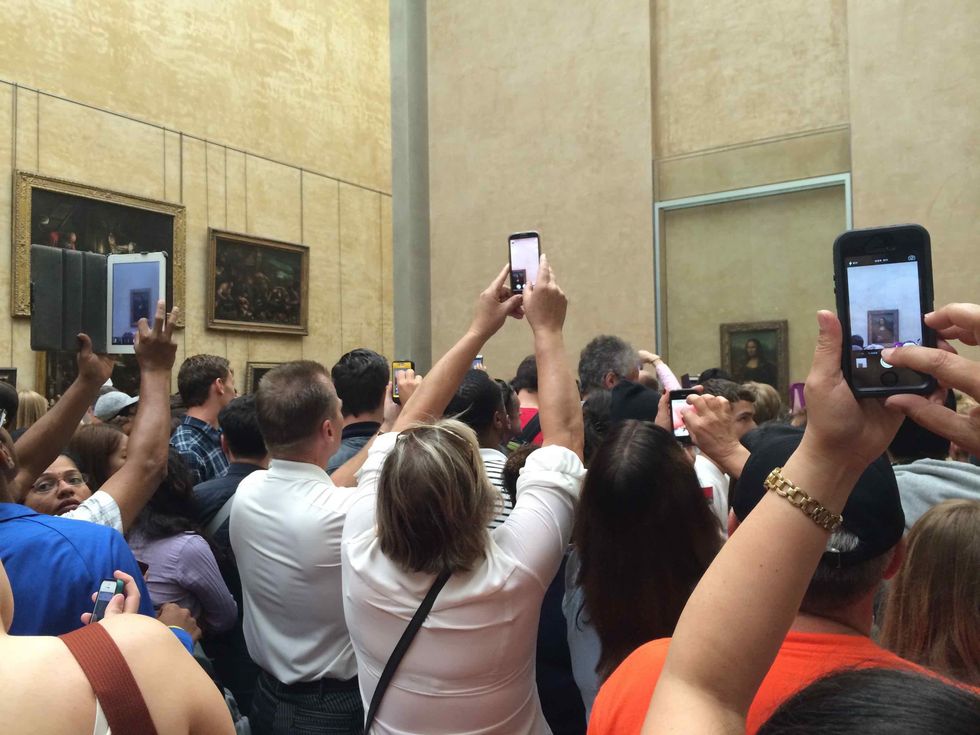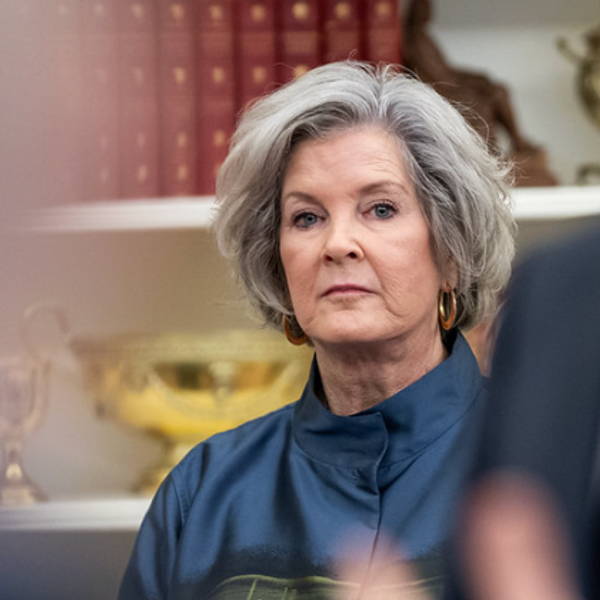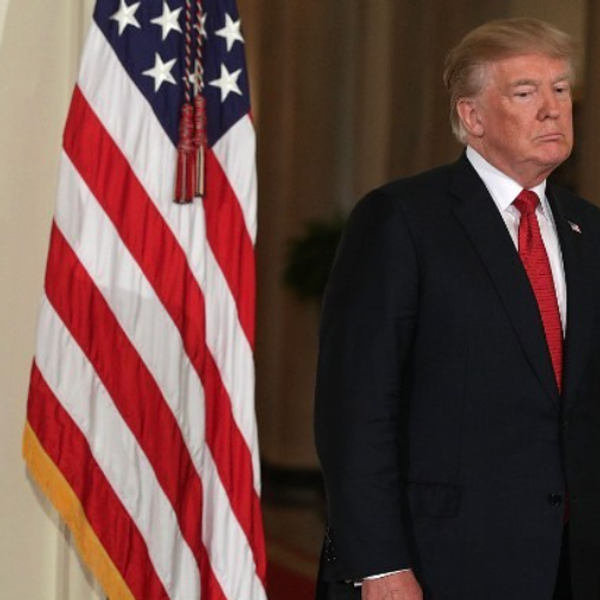
ROME, Italy — On a recent June day, about 24,999 other tourists and I squeezed into the Vatican’s Sistine Chapel. Seeing the Vatican and its museums is one of the most visually magnificent experiences on Earth. Clearly, the word has gotten out.
The chapel’s ceiling — where Michelangelo painted God sending the spark of life to Adam — remains unforgettable, but its splendor does not entirely block the distraction of sweating humanity pressing on you.
Hypertourism has degraded sightseeing’s five-star experiences. As the word suggests, hypertourism refers to the crush of transients into places built for more intimate encounters. And although the long lines and chaos surrounding such venues as the Louvre Museum in Paris and the Duomo in Florence are legendary, hypertourism is growing everywhere there’s a bucket-list site, including in America’s national parks.
The factors fueling the phenomenon are obvious. Not only are more people inhabiting the planet, but many more of them have the wherewithal to travel. Add to that cheaper airfares and easy online booking.
Hypertourism can endanger the sights themselves. The famous ruins at Peru’s Machu Picchu are under assault by the more than 2,500 visitors a day. The sacred Inca city doesn’t have the facilities to handle all that human waste.
At the Vatican, the crowds breathing out carbon dioxide and emitting body heat are so tough that they are threatening the glorious Renaissance frescoes that drew them in the first place. Vatican officials are trying to limit the damage through climate-control systems, but also by reducing the number of people coming through. The latter is a painful step for a holy place reaching out to all humanity.
In this country, anyone who visits Bear Lake in Rocky Mountain National Park on a warm day knows that our national parks are not immune to the discomforts of hypertourism. The national parks have a lot of space, but they are also supposed to provide wilderness experiences. It can be hard to find solitude in a park that last year saw 3.4 million visitors — unless you’re prepared to hike far from the beaten track.
At Yellowstone National Park recently, a bison lying on the grass near Old Faithful Lodge and minding his (or her) own business was crowded by a group of tourists. An Australian man wielding an iPad-type device got into the bison’s face, and the animal butted him into the air reportedly several times. This was the second violent human-bison encounter at Yellowstone this year, and the summer has hardly begun.
One possible solution for crowded national parks is to create more of them. Another would be a strategy to discourage drive-through visitors, especially on the busiest days.
No one visits New York City for a wilderness experience — “wild” is another matter — but even in the land of hustle-bustle, the crowds are getting oppressive. Huge jets from every continent are now disgorging millions of summer tourists. Pedestrians have to walk into Fifth Avenue traffic to get around the throngs taking selfies and preparing Facebook posts in front of Tiffany’s flagship store.
The gorgeous Grand Central Terminal has rightly become a must-see on the New York tour, but it’s still a train station. Commuters now struggle to get around tourists commandeering staircases for group photos.
A reality check is in order. New York’s Metropolitan Museum of Art may seem jammed, but the nearly 6 million visitors it attracted last year equaled the number that packed into the Vatican Museums, a fifth its size.
Still, it’s undeniable that hypertourism has come to America. And its bags are unpacked.
Follow Froma Harrop on Twitter @FromaHarrop. She can be reached at fharrop@gmail.com. To find out more about Froma Harrop and read features by other Creators writers and cartoonists, visit the Creators Web page at www.creators.com.
Photo: Art appreciation at The Louvre, Paris. (Sam Reisman/The National Memo)








